When it comes to construction, facade maintenance at heights or inspections in hard to access places, where a crane might not be suitable there are two basic options in terms of access: scaffolding or ropes.
Features and fixtures such as high rise curtain walls, wind turbines, plant towers, and so on can be difficult to access, given their great heights. And while scaffolding has been a staple in construction, rope access is proving itself as the more flexible (and safer!) option when it comes to managing facades and structures at heights.
Here’s our (maybe a little biased) take on the benefits of rope access when compared to scaffolding for whatever needs your structure or building has.
1. It costs less
One of the most important things when it comes to any construction project is time. The more efficiently things are done on a site, the less time and money are wasted.
The construction of scaffolding, on all counts, is more costly. It requires specialised equipment that needs to be transported and constructed—which takes time. Deconstruction is also time-consuming, making it an unappealing option when you’re pressed to hit a deadline.
The time needed to set up rope access, on the other hand, is far shorter. Industrial rope access also needs significantly less equipment and is made up of far less costly materials. They are also less versatile, as scaffolds over a certain height often need special licenses in order to be constructed.
2. It is safer
At first glance, rope access methods might seem more dangerous, but it has been seen that they are by far the safest option among all the means of high access.
This is because technicians are rigged to two separate ropes as a precautionary measure. One acts as the mainline, while the other acts as a fail-safe should the mainline fail. Tools are also tethered to technicians in case they are dropped, preventing injuries from falling tools.
Given their high standards of required training (more so than scaffolding or other types), rope access professionals exercise proper safety protocol and are injured far less often.
3. They are more flexible
Depending on the architecture and design of a building, there are parts of it that will be difficult to access even with scaffolding. The wonderful thing about the rigging used to set up rope access is that it takes up very little space, and experienced technicians can reach these difficult spots with ease.
This setup is also more friendly on the eyes, as the structure of a building is not covered up by the unappealing scaffolding. It allows for repairs and maintenance to be performed without drawing too much attention to these operations. It also allows for minimal disruption of the building’s operations, and won’t block too many windows and doorways.

Conclusion
While scaffolding is highly unlikely to go away in construction, the option of industrial rope access should be considered for whatever repair, high rise glazing, or maintenance projects your building may need to undertake. Not only is rope access cost-effective, but also space-saving, time-efficient, and safe.
And if you remain unconvinced about the benefits of rope access, why not give us at Apex Facades a call? We have the expertise needed for all your building’s special needs. Our rope access technicians are well-trained and able to handle projects of all kinds while causing as little disruption as possible.
Related Post
Got a project in mind?
Get in touch with the vertical professionals for all your speacialised construction needs.
Get a quote




































